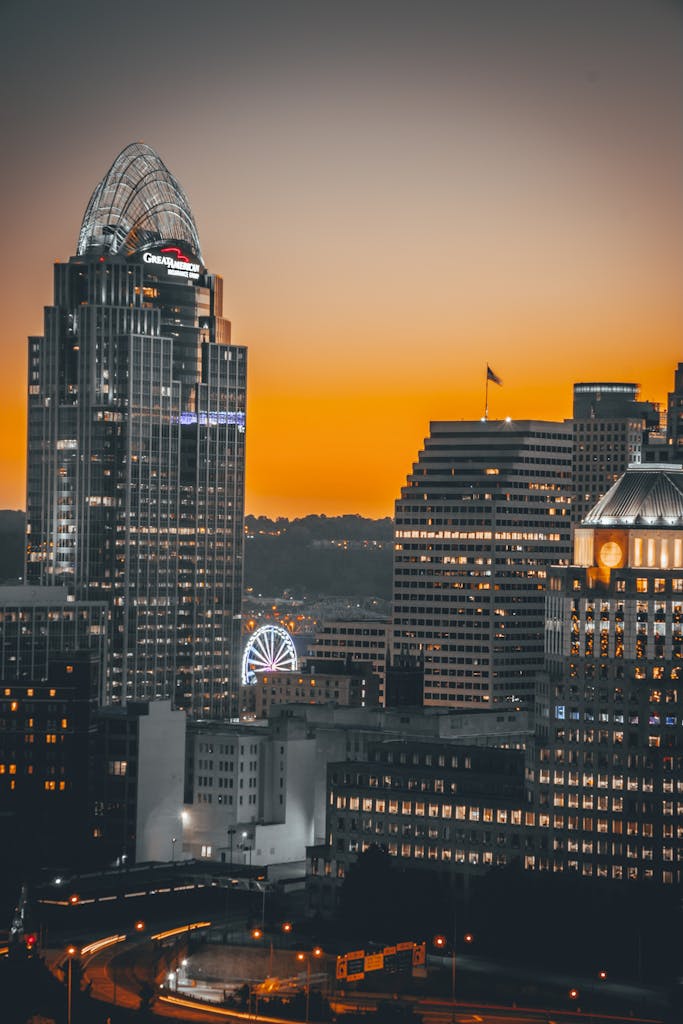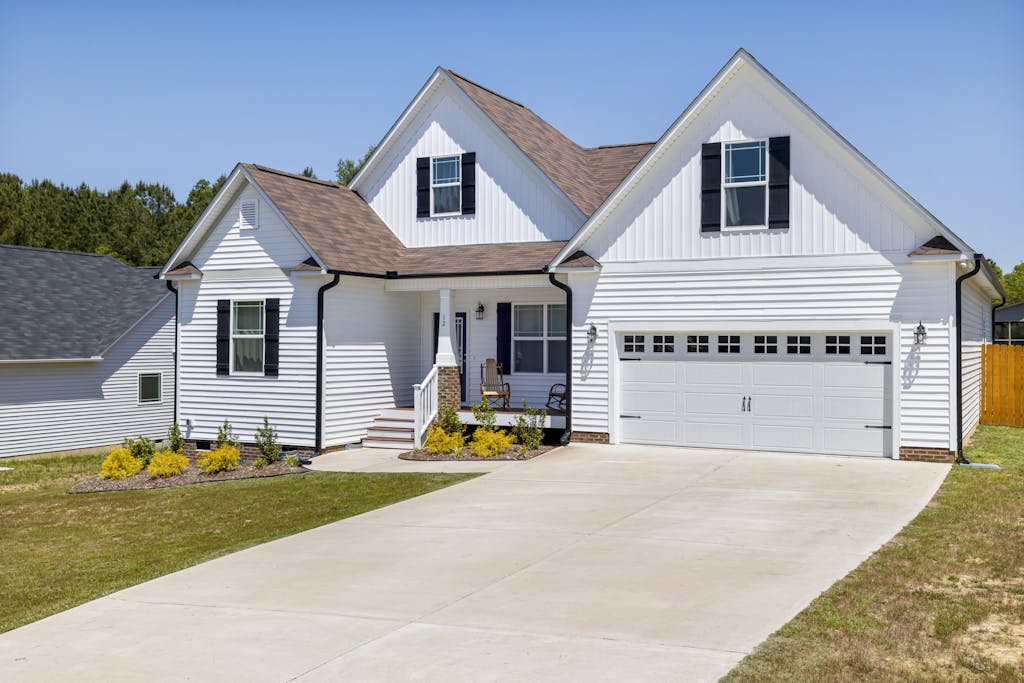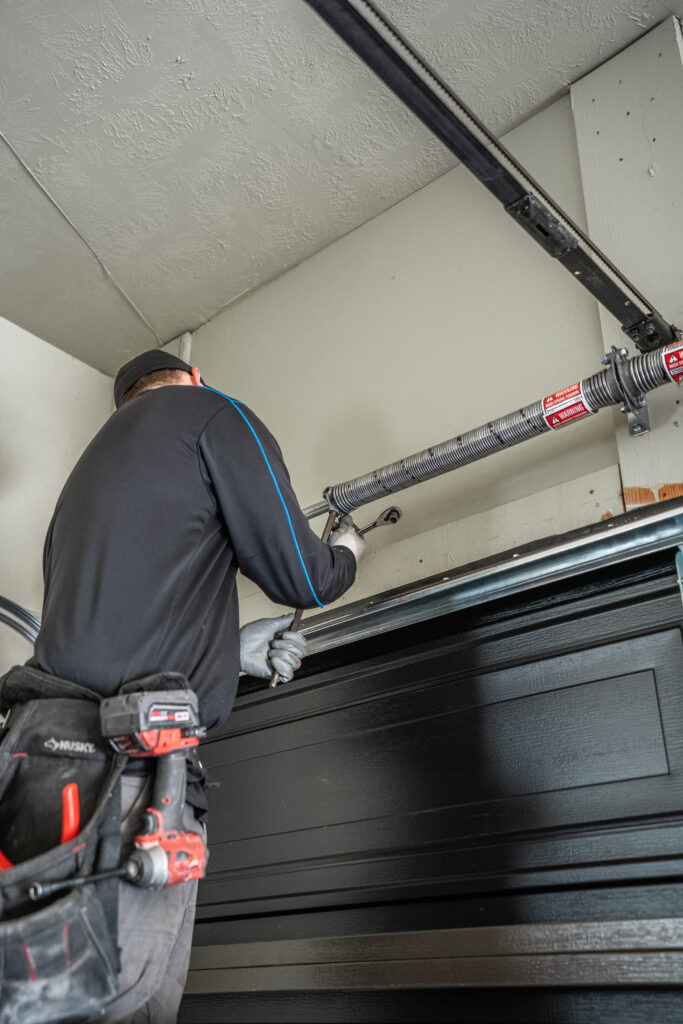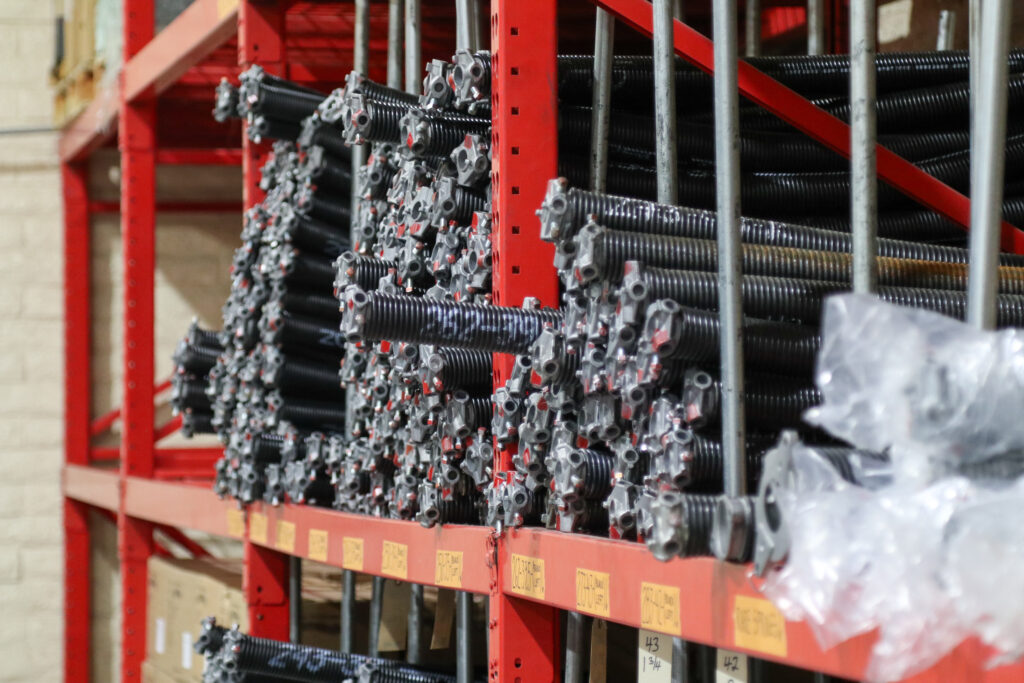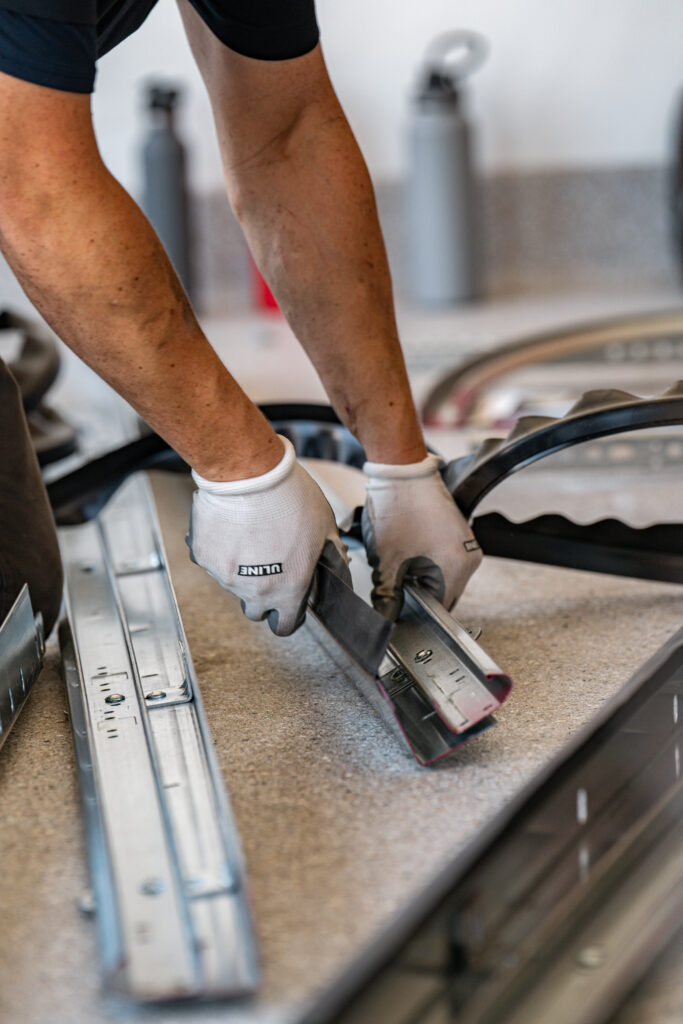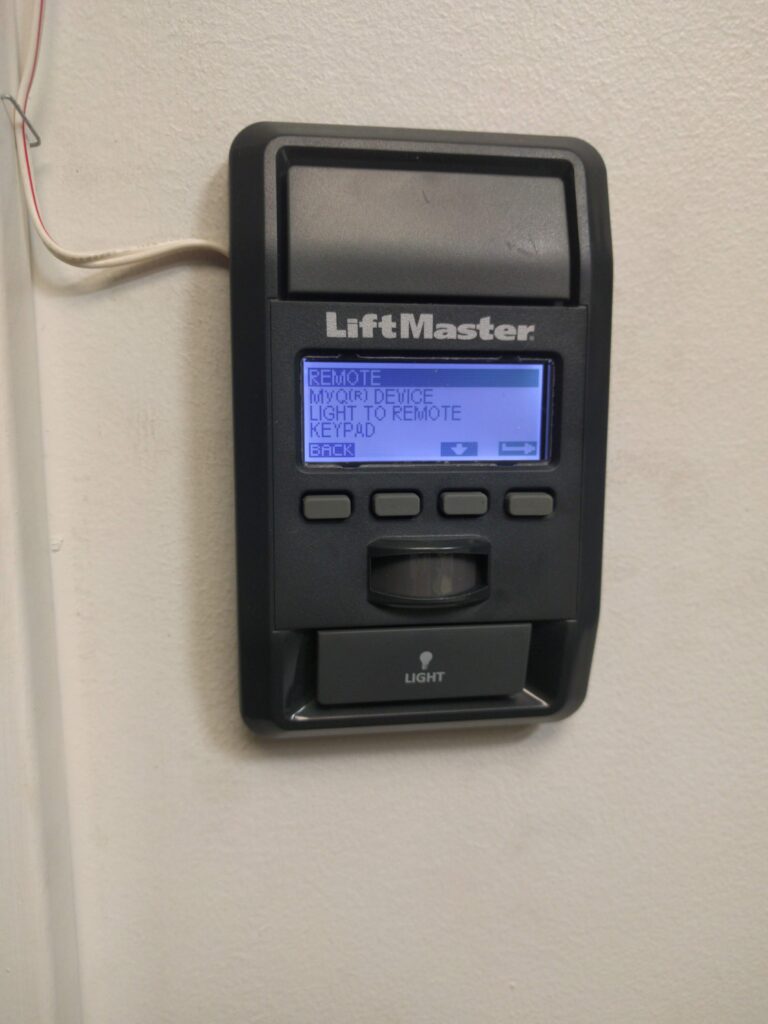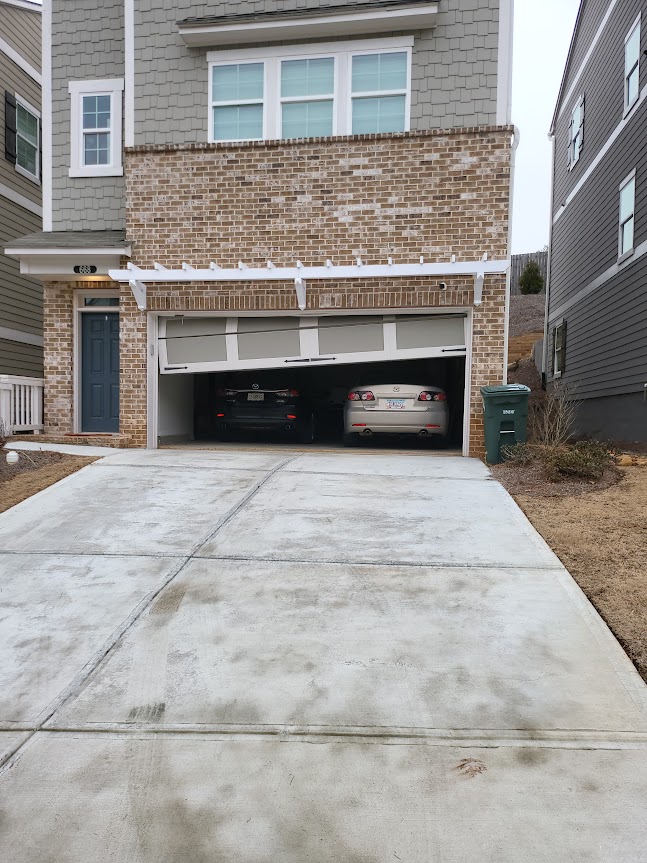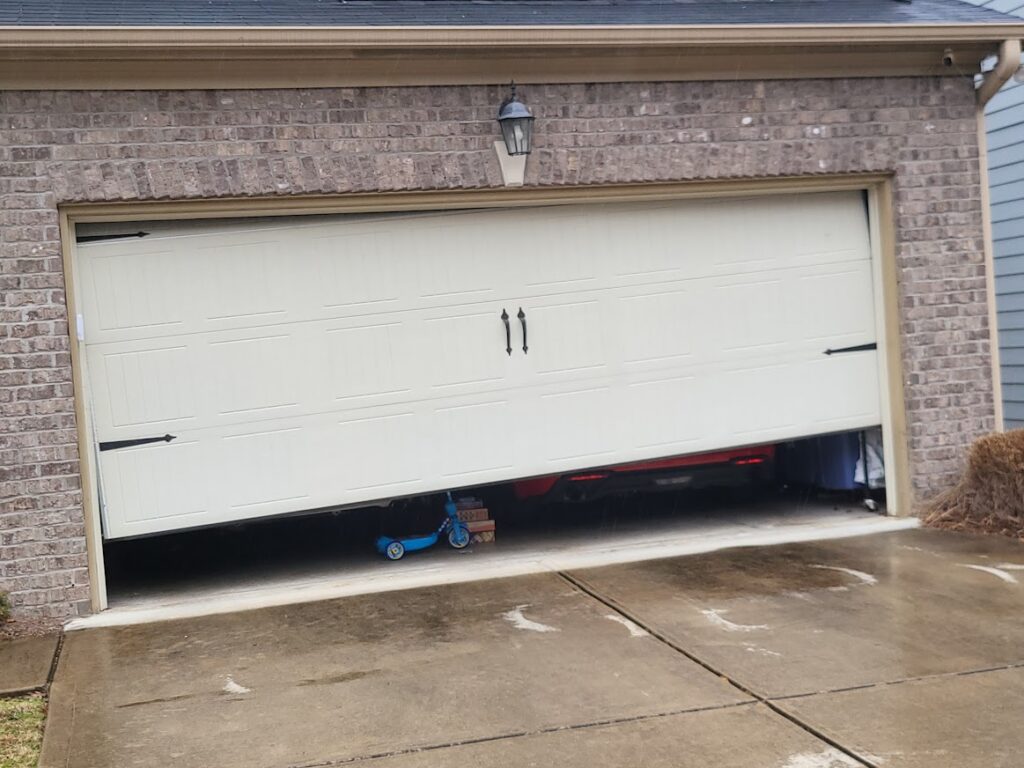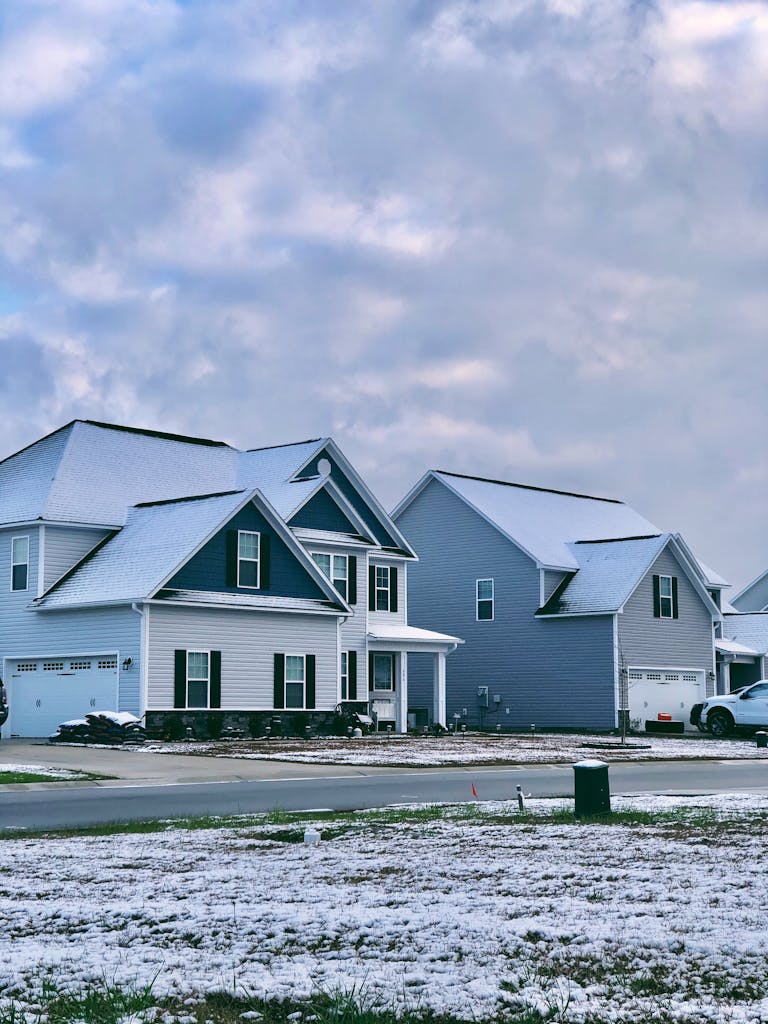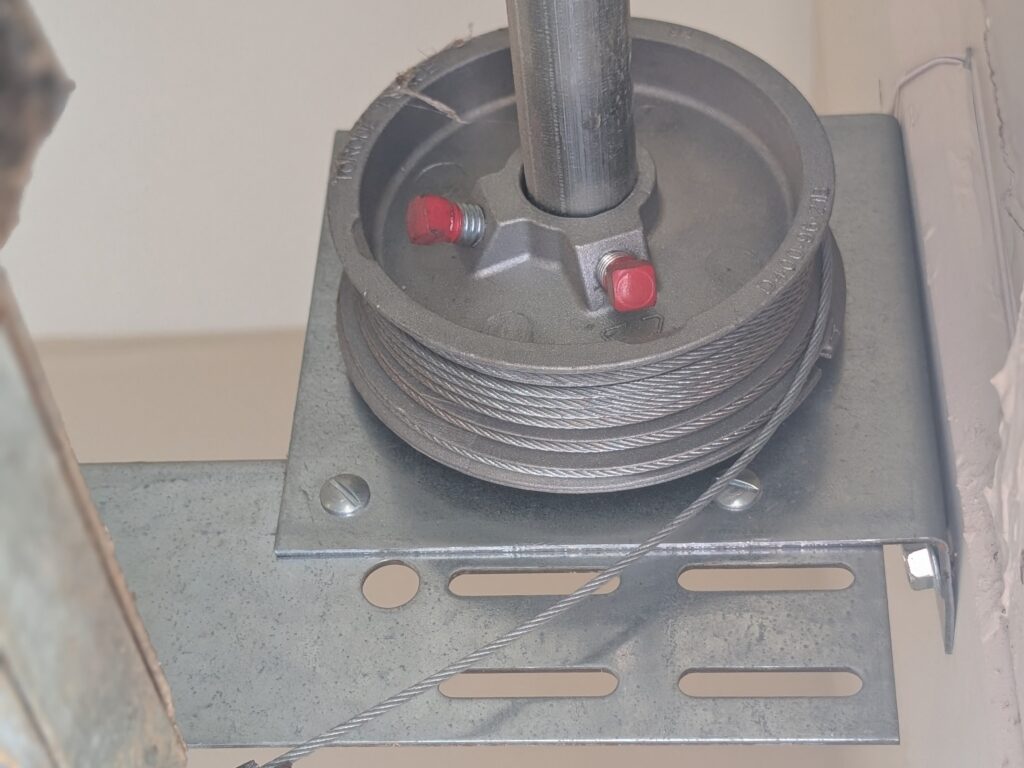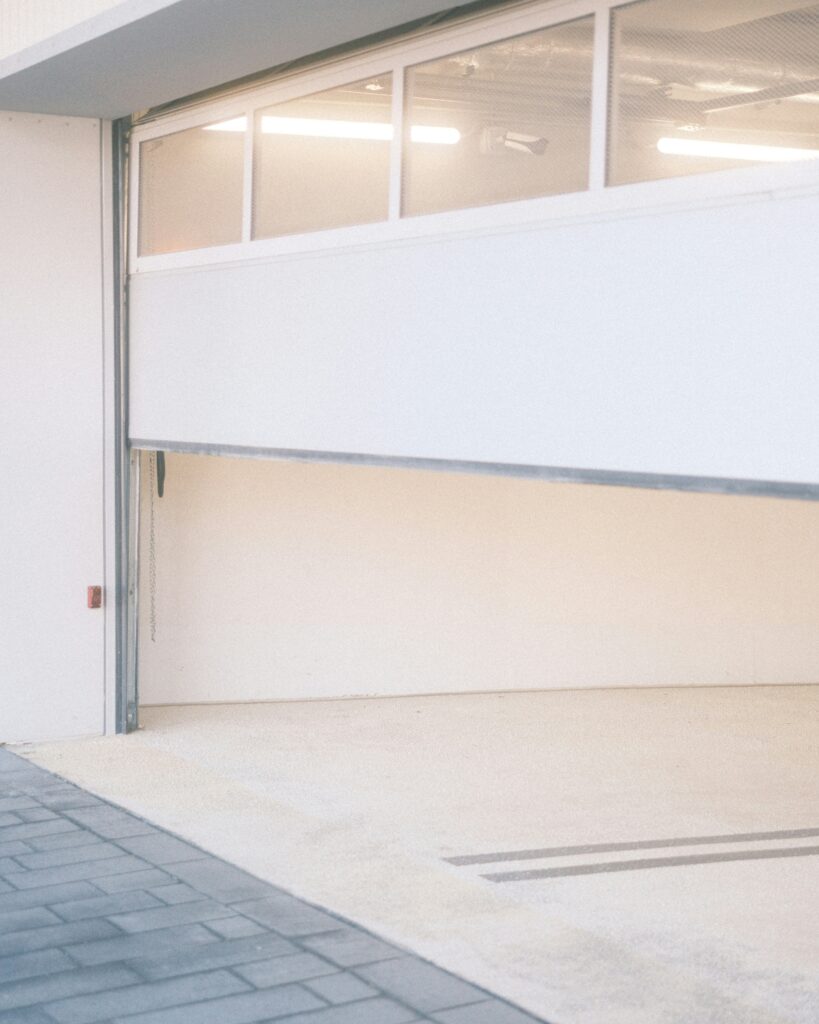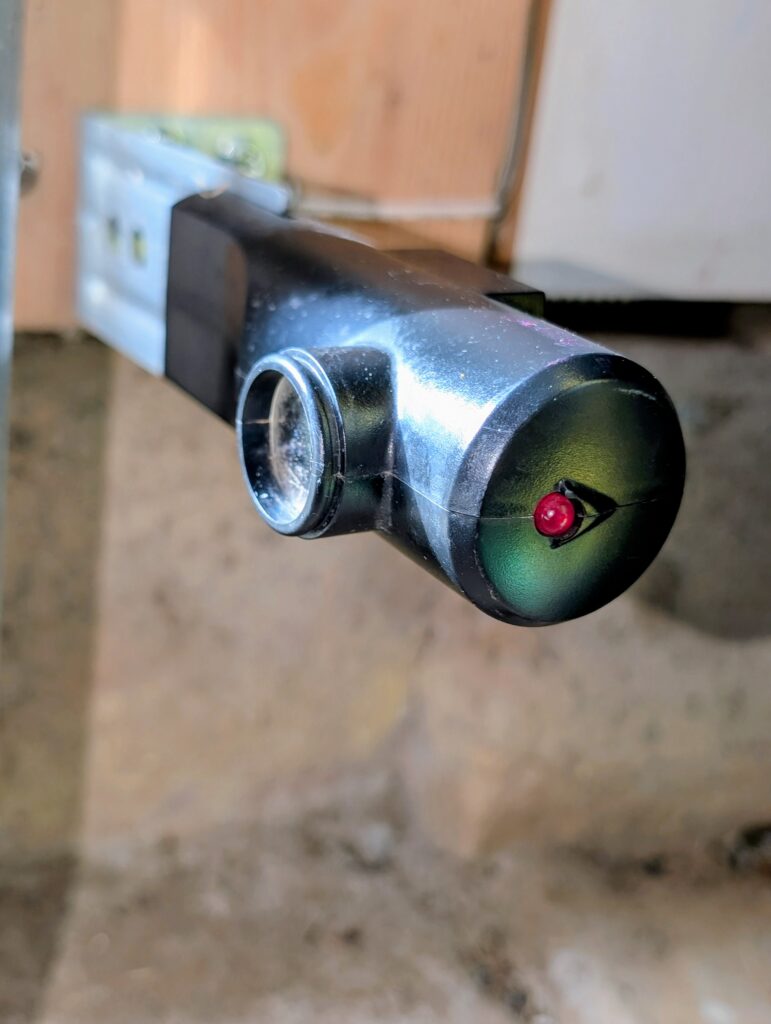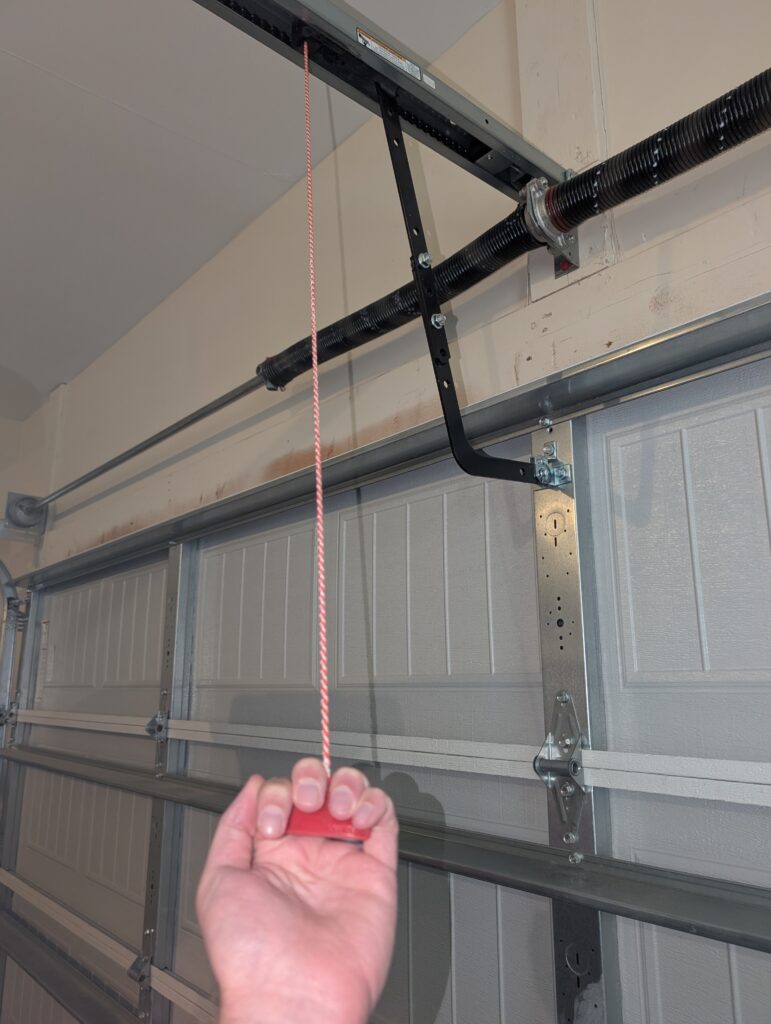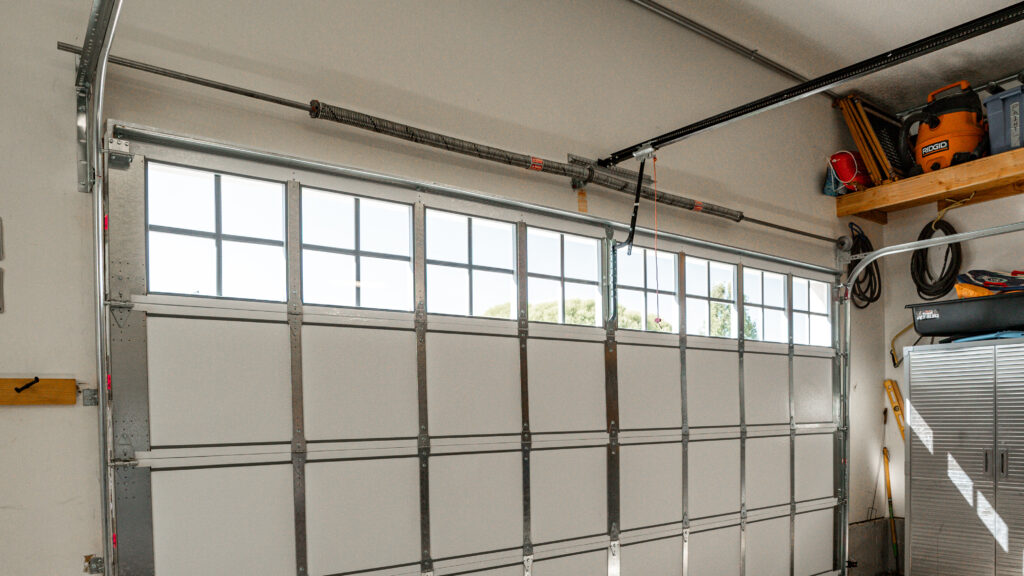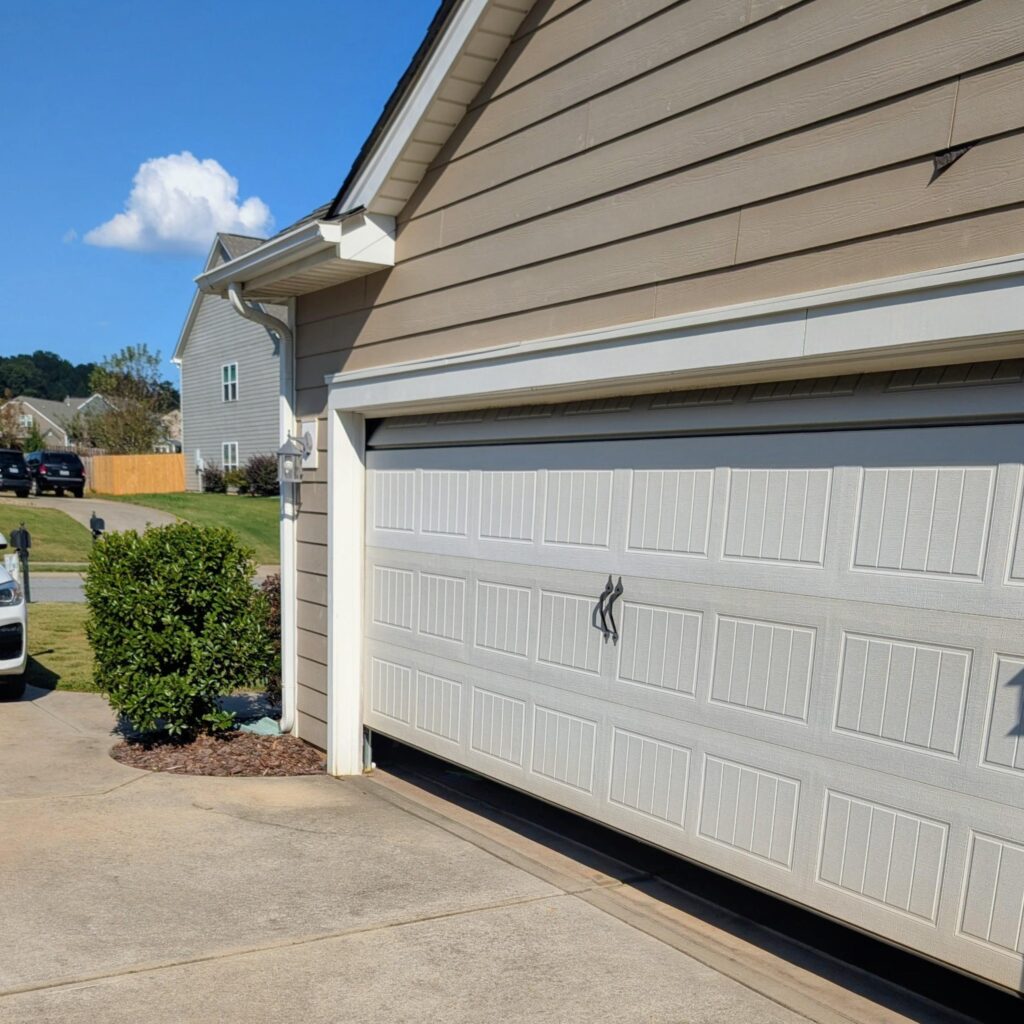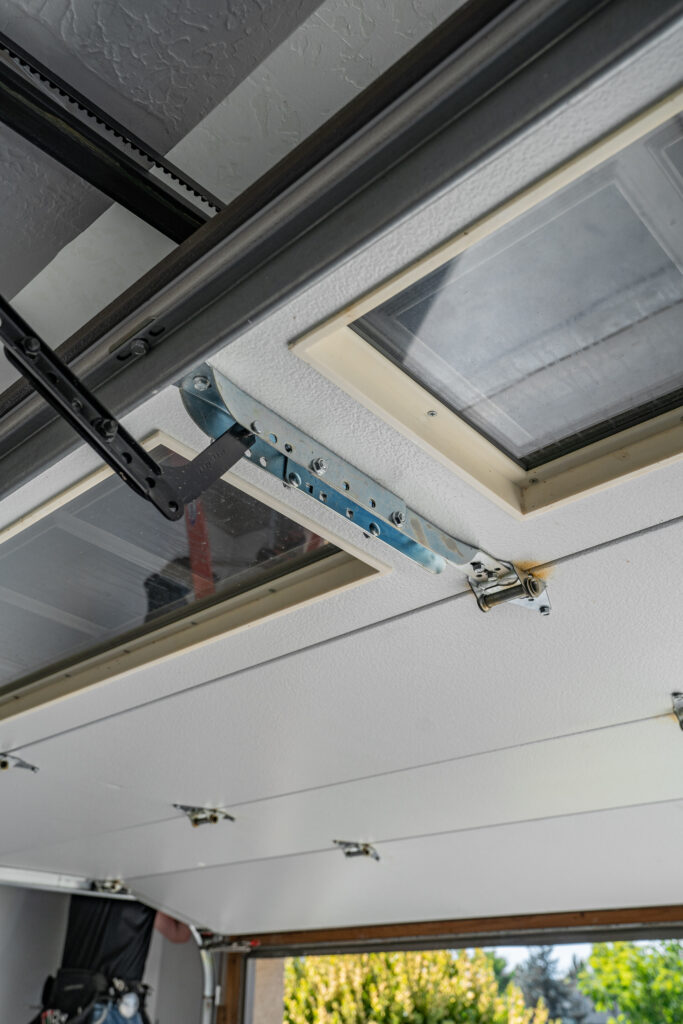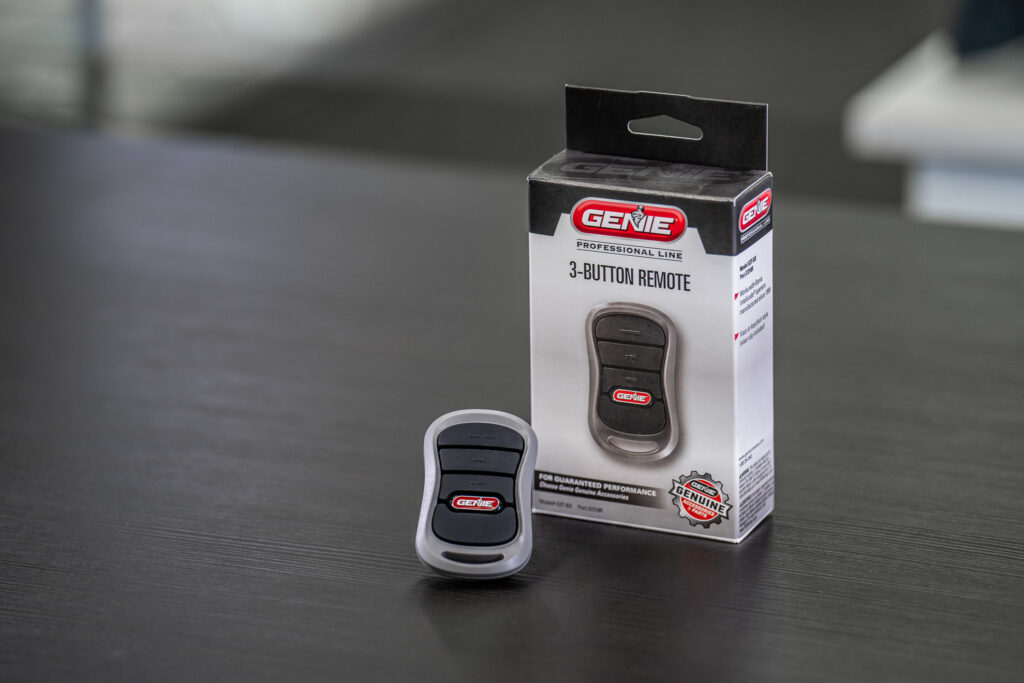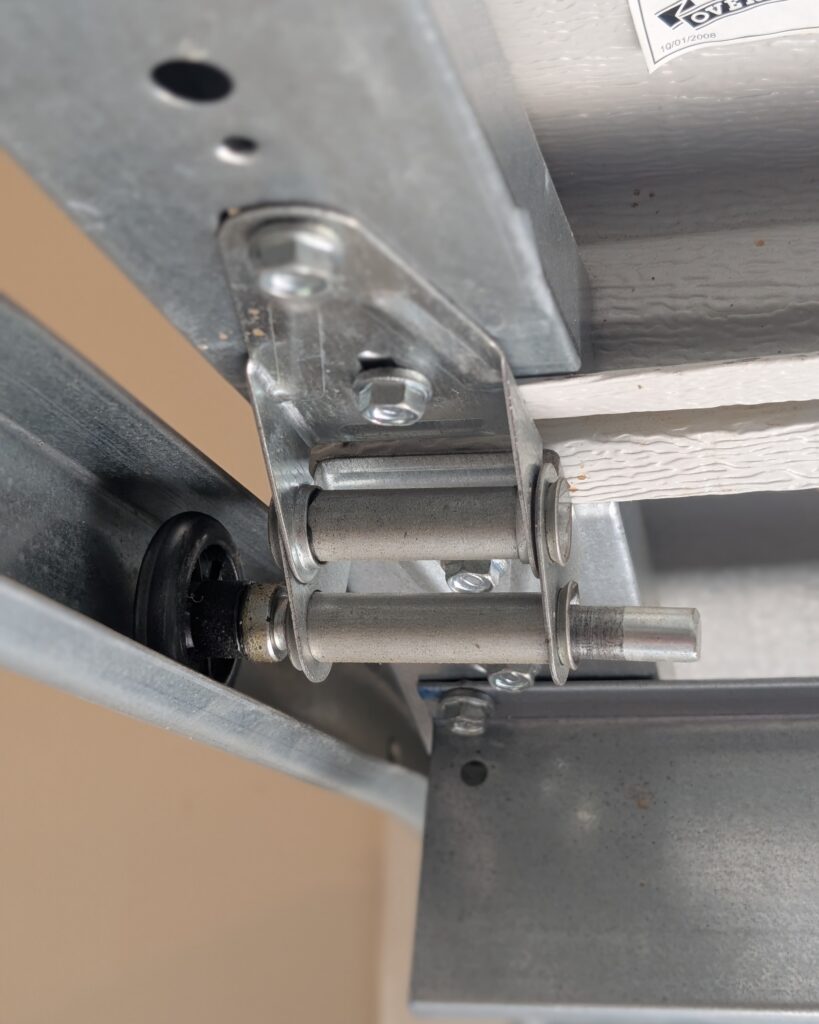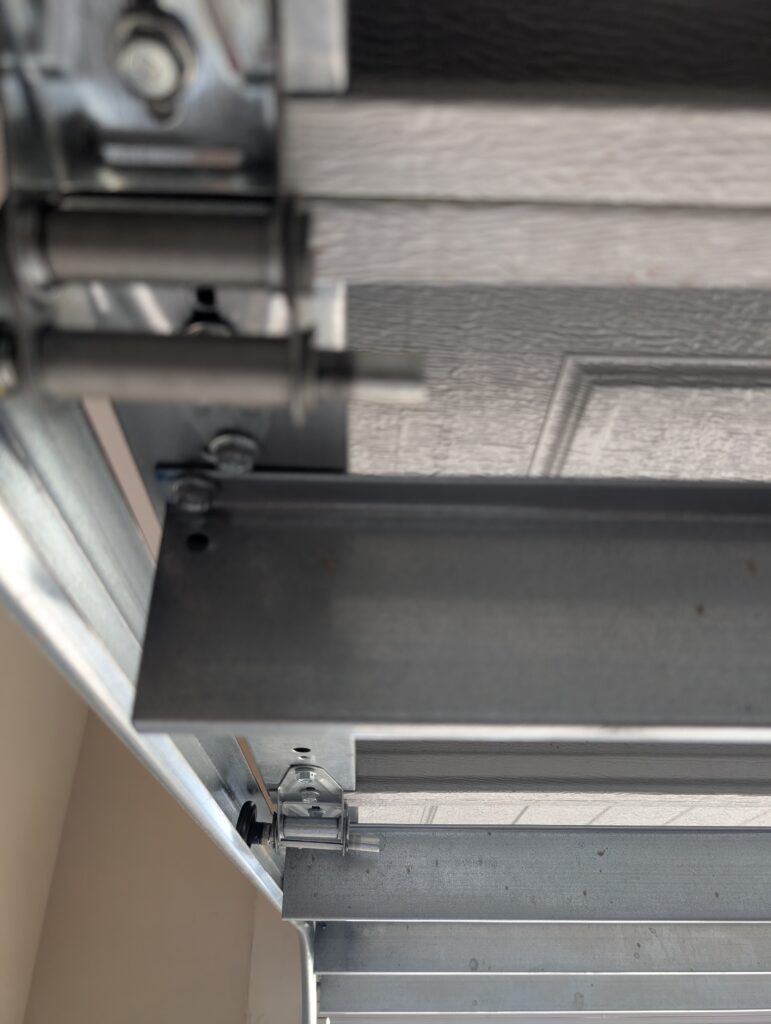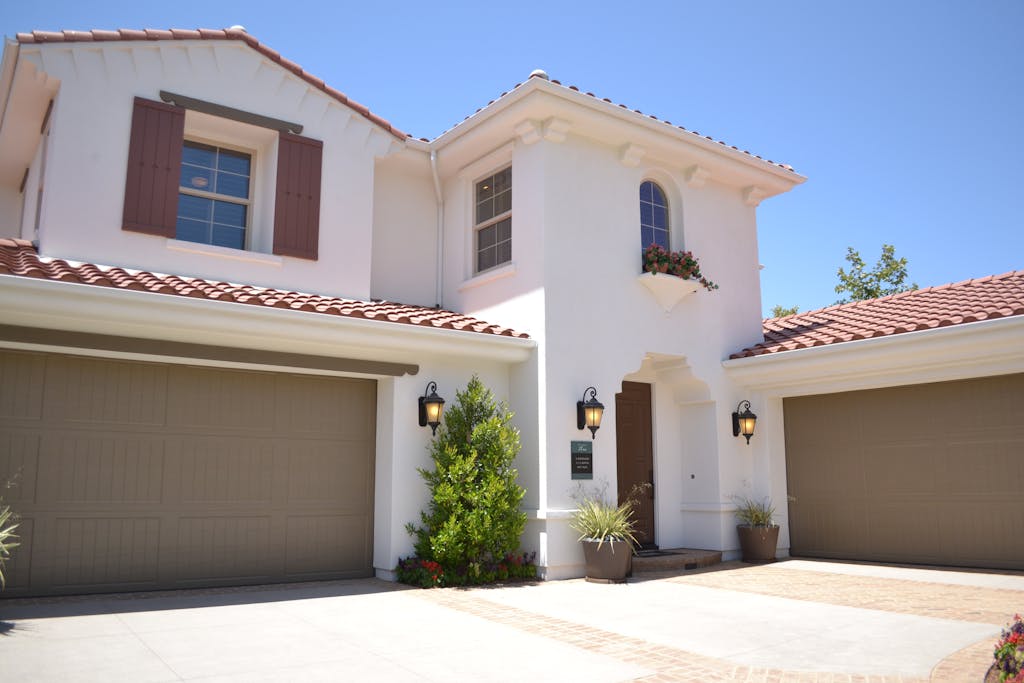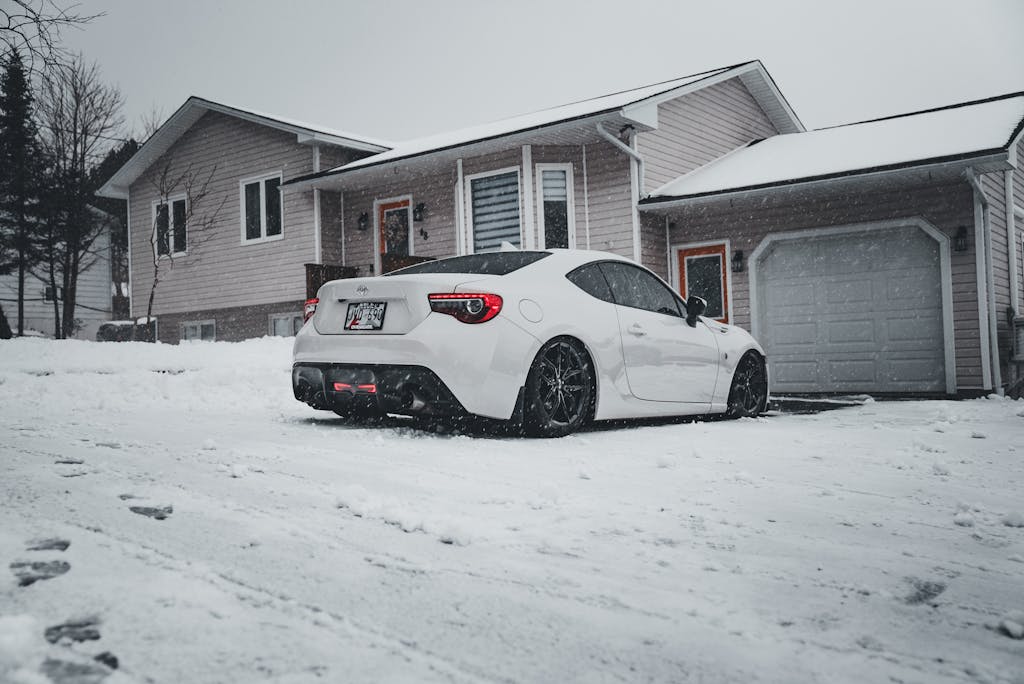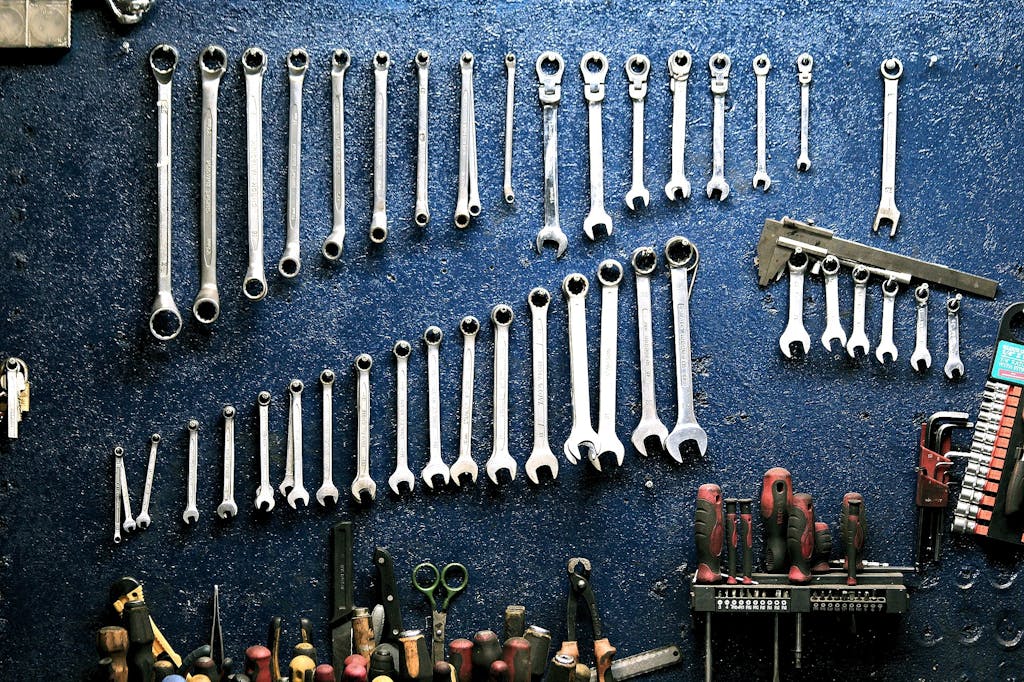Garage Door Torsion Springs
Explore how torsion springs work, the different types, safety advice, and why expert installation ensures your garage door operates perfectly. Get informed and keep your door functioning safely and efficiently.
By: Sean Donnelly | Published: May 21, 2025
Find Garage Door Repair Services
Get a fast & free quote | Schedule your service today
Garage door springs counterbalance the weight of your garage doors and work in tandem with your garage door opener. Torsion springs in particular can handle a high amount of tension and help to lift heavier doors.
These springs are mounted in a coil on the front wall of your garage above your doors. Installing these, or converting your door from extension springs requires professional assistance due to the high tension these parts are under. We recommend contacting one of our top recommended pros to assist with this installation or conversion.
Understanding Garage Door Torsion Spring Systems: How They Work
Torsion springs are wound around a central bar attached to a spool that houses the door cable. Springs come in sets of two and are either “left-winding” or “right-winding.” This designation dictates which side of your door they’ll be mounted on, so it’s important that you follow installation instructions carefully.
Each spring has a part called a “winding cone” on its outside edge. These are used to increase or release tension from your springs and have four slots in which you can insert winding rods to apply torque. Many garage door springs come with recommendations for how many turns to apply to these springs based on the weight of your door.
Extension springs are a cheaper option, but are generally not as safe or strong as torsion springs. These springs usually have a safety cord running through them to prevent injury if they fail, but are still more likely to cause additional damage in the event of a break.
Types of Garage Door Torsion Springs: Finding the Right Fit
When choosing torsion springs, there are a few factors you should consider, like door weight spring size and coil diameter. While installation should be handled by a pro, this step is easy to do yourself.
Generally, most double garage doors require a double torsion spring; single doors can operate with a single spring. We recommend that you measure the wire size and follow manufacturer recommendations to purchase the correct size. Residential torsion springs have wires between .187 and 295 inches, with thicker wires being best suited for heavier doors.
Torsion Spring Materials
- Galvanized steel: This material offers better resistance to rust and a more modern appearance, but may require more frequent cleaning and maintenance.
- Powder-coated: These springs offer intermediate rust resistance compared to galvanized and oil-tempered springs.
- Oil-tempered: Such springs often have a greasier appearance, but are the quietest overall option. If your main goal is noise reduction, we recommend this material.
Types of Torsion Springs
- Standard: Conventional springs have wire wrapped on the outside of a hollow bar with drums on either end. The drums are used for winding and applying greater tension to lift heavier doors.
- TorqueMaster: These are usually on the smaller end with lower wire diameters and weight capacities. They come with plastic drums on each end, and are better for garage doors with no insulation and minimal weight.
- Easy-Set: Easy or EZ-Set springs are, as their name suggests, easier to install. These are mounted on the sides of your doors, and can be tightened with a standard drill.
Standard Torsion Springs vs. Specialty Systems
Standard torsion springs are designed to hold the weight of standard garage doors. While alternative torsion spring systems can lift some heavier door models, their spring wire diameter and weight ratings can sometimes be too low for more strenuous operation.
Both EZ-Set and TorqueMaster options are designed to be more DIY friendly standard springs. You can wind both with a basic drill rather than risking injury by working with winding bars.
Switching to a torsion spring from an extension spring can require a full overhaul of your lift hardware and opener, but this will depend entirely on your current setup. Many of our top-rated garage pros can assist you here.
The Critical Importance of Proper Torsion Spring Sizing
Most garage door springs come with recommended door weight capacities. If you’re purchasing a new spring, you should know the weight of your door and take detailed measurements of your existing spring and space above your garage door. Doing so will enable quick and easy spring installment.
Here are a few measurements you should pay attention to while shopping:
- Spring diameter: Measure a 10-inch section of your existing spring and count the number of coils in this span. Divide the number of coils by 10 to get your spring diameter.
- Interior diameter: Torsion springs are wound around a center rod. Measuring the diameter of this interior and purchasing a spring to match will ensure that it fits above your door.
- Spring length: Measure how long your springs protrude from the door center. Also note whether your door has two springs or one.
If you’re installing a spring on a fully new garage build, you won’t have any of these measurements available. Hiring one of our top options for garage pros can help here, even if you only get a quote.
Torsion Spring Safety: Why Professional Installation Is Recommended
Torsion spring maintenance and installation are among the more high-risk tasks many homeowners attempt. Many springs have 100 to 200 pounds of tension loaded on them at any time while attached to your garage door.
Many homeowners feel comfortable with winding their own torsion springs, but we urge you to at least consider getting a garage pro’s opinion before moving forward. Winding bars can easily whip around and impact your head and shoulder area if you’re not careful. Similarly, over-winding your spring can cause it to snap. High-tension components coming loose after this is dangerous to anyone in your garage.
Often, garage pros offer labor warranties. You could be eligible for free or lower-cost corrective repairs or follow-ups in some cases. This alone can be worth the extra price of a contractor’s services.
Professional Torsion Spring Installation Process
Despite the potential dangers of working with torsion springs, installation is usually simple. Professionals usually start the process with a full inspection of your garage door. The rest of the installation generally goes as follows:
- Disengage the garage door opener
- Release tension on the springs
- Remove old springs and all hardware
- Slide new springs onto the torsion shaft
- Secure all hardware
- Apply tension with the winding bar
- Re-engage garage door opener
- Test the garage door
In most cases, contractors follow a general rule when winding new torsion springs: four quarter-turns per foot of height for your door. Springs for a seven-foot door must be wound seven full turns or 28 quarter turns if this is adhered to.
Replacing a single torsion spring often takes between a half hour and an hour. You should expect to pay between $75 and $150 per hour for labor, before material costs. Residential torsion springs cost between $90 and $130 per pair in many cases. Be sure to ask your contractor about buying your own springs for them to install, and whether doing so could save you money on your project.
Maintaining Your Garage Door Torsion Springs
You can handle spring maintenance with your regular garage door inspection and cleaning. You should lubricate and clean your door once every four to six months, depending on how much dust or debris typically accumulates.
Lubricating your torsion springs isn’t always necessary for smooth operation, but applying a thin layer of silicone or white lithium-based spray can repel moisture and keep rust from building up. Be sure to clean off any dust with a rag or compressed air before application.
Converting from Extension Springs to Torsion Springs: Is It Worth It?
In most cases, torsion springs can be a thorough upgrade from extension springs. The first benefit many homeowners see is the increased visual appeal. Torsion spring coils are simply much more out-of-the-way than their ceiling-mounted counterparts.
We recommend at least considering a conversion for most door types. Especially if you have a heavier door and plans to install a jackshaft opener for noise reduction, this spring type is a huge boost in quality for you.
In addition, torsion springs last up to 20,000 operation cycles before requiring replacement. This far outstrips extension springs’ typical lifespan of up to 10,000 uses.
Common Questions About Garage Door Torsion Springs

Get Your Free Quote and Schedule Your Garage Repair Today
Find top-rated companies for fast garage repairs and service to make sure your garage door system lasts. Get free quotes from garage door companies in your area.
Tips and Expert Advice for Your Garage
Stay informed with expert advice on garage door maintenance, garage door service, garage door replacement, and upgrades. Explore our blog for guides, troubleshooting tips, and more.
